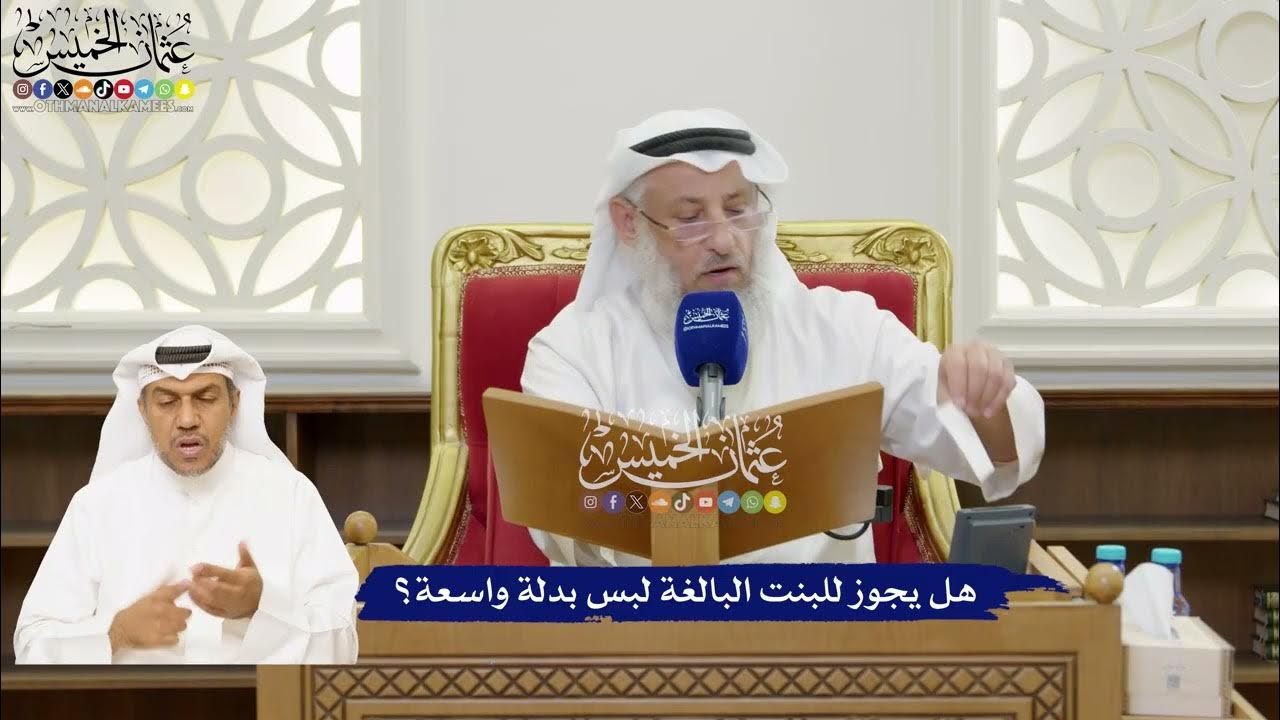What is Hijab? - Hear from a Muslim Woman | Dr. Tesneem Alkiek
Summary
TLDRThe video script explores the significance of the hijab for Muslim women, emphasizing it as a symbol of modesty and faith, not oppression. It challenges historical portrayals of Muslim women as victims and highlights their contributions to society, from the early Islamic period to the present. The script also addresses misconceptions, noting that many Muslim women view their faith as a catalyst for progress, as evidenced by a Gallup poll. It argues that despite societal pressures, Muslim women continue to empower themselves through their Islamic values.
Takeaways
- 👳 The hijab is an Arabic word for veil, commonly known as a headscarf, and represents modesty in Muslim women's attire.
- 🕌 Modesty is a value shared by both Muslim men and women, with specific dress codes to maintain dignity and decorum.
- 🤔 The reasons for Muslim women wearing the hijab are varied, including religious obligation, expressing faith, and rejecting societal objectification.
- 🌐 The hijab has been misconstrued as a symbol of oppression, rooted in historical portrayals of Muslim women as victims.
- 🏰 This portrayal has been used to justify military interventions, imperialism, and the denial of rights to Muslims globally.
- 📢 Despite attempts to silence them, Muslim women assert their commitment to wearing the hijab as an act of empowerment.
- 📊 A 2008 Gallup poll showed that the majority of Muslim women see Islam as crucial to their progress, not a hindrance.
- 🌟 Muslim women have a history of powerful legacies, contributing significantly to society through their scholarship and reform efforts.
- 📚 From the wife of the Prophet, Aisha, to scholars like Sustain Muhammad, Muslim women have been influential figures in academia and societal reform.
- 🌍 The focus of Muslim women, as per their Islamic values, is not on how they are perceived but on how they can change societal perceptions.
Q & A
What is the meaning of the term 'hijab'?
-The term 'hijab' is an Arabic word that means veil. It is commonly known as a headscarf and refers to the covering worn by some Muslim women.
What does the term 'burka' refer to?
-The term 'burka' refers to a type of covering that extends to the entire body, including the face, worn by some Muslim women.
What is the general purpose of wearing a hijab or burka?
-The general purpose of wearing a hijab or burka is to embody modesty and character, which is a value shared by both Muslim men and women.
Why do some Muslim women choose to wear the hijab?
-Some Muslim women choose to wear the hijab as a fulfillment of a religious commandment, an outward expression of their faith, or as a rejection of societal standards that objectify and sexualize women.
How do men in Islam also demonstrate modesty in their attire?
-While men in Islam are not obligated to cover their entire bodies, they have specific requirements for dress and behavior that must be dignified and modest.
Why is the hijab sometimes portrayed as a symbol of oppression?
-The portrayal of the hijab as a symbol of oppression stems from historical narratives that portray Muslim women as veiled, secluded, and oppressed, which has been used to justify military intervention and imperialism.
What are some of the negative consequences of this portrayal of Muslim women?
-This portrayal has been used to deny Muslims political and human rights, justify racial profiling, deportations, and other forms of discrimination on a local and regional level.
How do Muslim women's voices often get silenced despite their commitment to wearing the hijab?
-Despite their clear act of empowerment, Muslim women who voice their commitment to wearing the hijab are often told that they are oppressed and do not recognize their cultural backwardness and indoctrination.
What did the Gallup poll of 50,000 Muslims from 35 countries in 2008 reveal about Muslim women's views on Islam?
-The poll revealed that the majority of Muslim women do not see Islam as a hindrance but rather as crucial to their progress.
Can you provide examples of powerful legacies created by Muslim women throughout history?
-Examples include Aisha, the wife of the Prophet, who was a critical voice of scholarship in the 7th century, Fatima al-Fihri, who funded and built the world's first university in the 9th century, and Sustain Muhammad, an expert arithmetician in the 10th century.
Outlines

Этот раздел доступен только подписчикам платных тарифов. Пожалуйста, перейдите на платный тариф для доступа.
Перейти на платный тарифMindmap

Этот раздел доступен только подписчикам платных тарифов. Пожалуйста, перейдите на платный тариф для доступа.
Перейти на платный тарифKeywords

Этот раздел доступен только подписчикам платных тарифов. Пожалуйста, перейдите на платный тариф для доступа.
Перейти на платный тарифHighlights

Этот раздел доступен только подписчикам платных тарифов. Пожалуйста, перейдите на платный тариф для доступа.
Перейти на платный тарифTranscripts

Этот раздел доступен только подписчикам платных тарифов. Пожалуйста, перейдите на платный тариф для доступа.
Перейти на платный тарифПосмотреть больше похожих видео

A Feminist's Choice to Wear the Hijab | Attiya Latif | TEDxUVA

Q&A: Can You Be Modest Without Wearing the Hijab? | Dr. Shabir Ally

Don't Force The Hijab, Do THIS Instead | Nouman Ali Khan

Part 5 Shaila Abdullah's Saffron Dreams

BERPAKAIAN SECARA ISLAMI QS. AL-AHZAB AYAT 59 || PENDIDIKAN AGAMA ISLAM KELAS X SMK/SMA/MA

46 - هل يجوز للبنت البالغة لبس بدلة واسعة؟ - عثمان الخميس
5.0 / 5 (0 votes)
